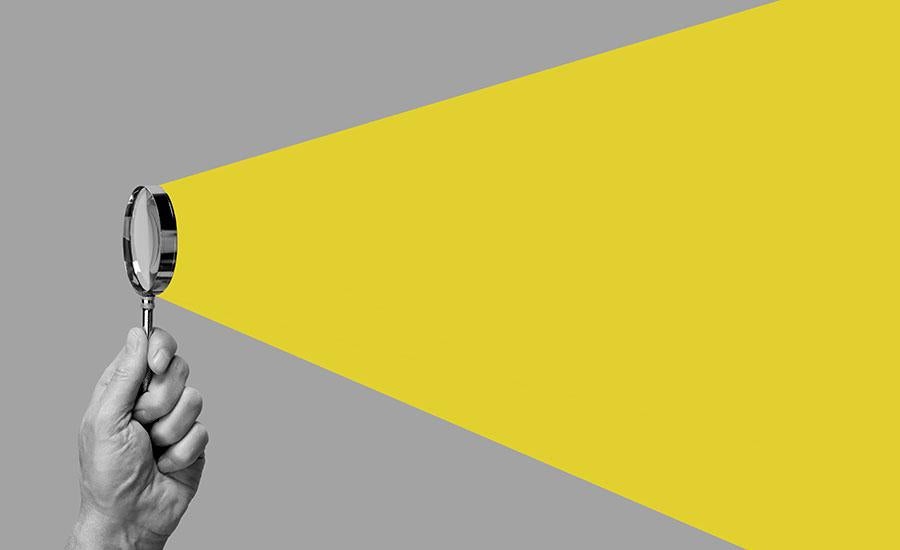
Do Helmets Help?
by Josylyn Larson
Part one of a four part project exploring the movement of the brain upon impact in everyday activities. This lesson uses Pocketlab Voyager sensors to analyze brain movement in high impact activities where people are prone to concussions. Students will familiarize themselves with concussions and workings of Voyager sensors.
Lesson Plan Link/URL
https://docs.google.com/presentation/d/1n-uVwhUkf0tYBMcZq876alVMQlSTVl9W/edit?u…Subject Area
Science Physical Science P4: Energy Transfer Technology 1. Empowered Learner Engineering S5: Apply Technology to Engineering Mathematics Statistics and Probability (SP)
Featured
Off
Related Content

Grades:
8th Grade, 9th Grade, 10th Grade, 11th Grade, 12th Grade
A lesson designed for an engineering course but that can be used in a science course where we investigate the physics of waves and how it can be applied to the world of art. Students will design and

Grades:
7th Grade, 8th Grade, 9th Grade, 10th Grade, 11th Grade, 12th Grade
Students will apply principles of design, engineering, and mathematics to create a physical or digital labyrinth inspired by the myth of Theseus. This project integrates STEM concepts with literature

Grades:
9th Grade, 10th Grade, 11th Grade, 12th Grade
In this lesson, students will explore the key physics principles that govern the design and operation of street lighting systems. Through a hands-on engineering design challenge, students will apply

